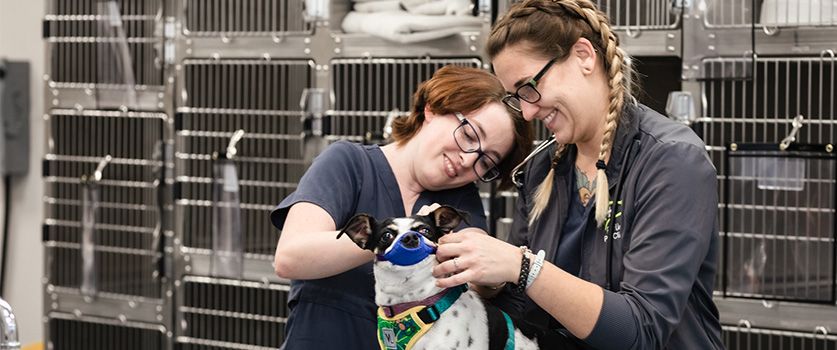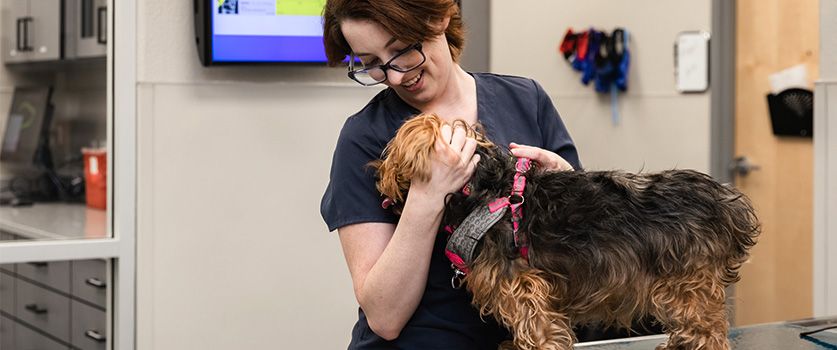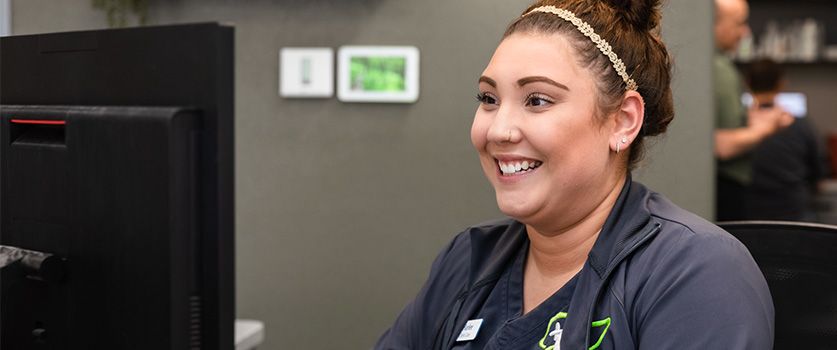Mass Removal For Dogs & Cats
Many of our dogs and cats will develop a lump or a bump in their lifetime. While most of these masses are not medical emergencies that require immediate removal, these lumps can be problematic, even if they aren’t bothersome for your pet.
If you notice a lump or a bump, it’s a good idea to bring your pet in for a consultation with our veterinarian and decide the best course of action.
Call us to Schedule an exam
What is a mass on a dog or cat?
There are a wide variety of lumps that can vary in size, be soft or hard and even be difficult to find. Like humans, not every bump is a malignant tumor, but testing is needed to make that diagnosis.
How do you test the mass?
The first step is evaluation by our veterinarian who will recommend the best diagnostic option. There may be several approaches, sometimes beginning with a fine needle aspirate (using a hypodermic needle to collect cells from the lump for evaluation under the microscope). Another step is biopsy, surgical removal of a part or all of the lump and submit for histopathology (microscopic evaluation) for diagnosis.
What to Expect During Mass Removal
Mass removal surgery is normally performed under general (gas) anesthesia along with a local (freezing) anesthesia. This allows us to remove the entire lump effectively with minimal discomfort. When you see your pet after surgery, there will usually be shaved area and an incision site that is closed with sutures.
Post-Operative Care For Your Pet
Once your pet is out of surgery, it’s normal for them to be groggy for a day or two but should be reasonably comfortable. If they seem painful, please notify the clinic so we can adjust their relief medications.
It is important to limit your pet’s activity while they recover, as well as ensure they leave the incision area alone – which may include an E collar to prevent them from licking or scratching. This allows the area time to heal and for your pet to recover as quickly as possible after mass removal surgery.
Question? Call Us
Pet Mass Removal FAQ
Testing is needed for diagnosis, but the decision to remove the growth becomes more urgent if it is changing – this includes getting larger, becoming hard or irregular, as well as if there is new fur loss or ulceration of the lump. The safest option is surgical excision.
Recovery is dependent on the size of the mass but the skin will normally heal in 7-10 days, though it can take longer before the scabs fall off. High motion areas will take a little longer to heal. Licking or scratching will delay healing and can result in secondary infection requiring additional treatment.









